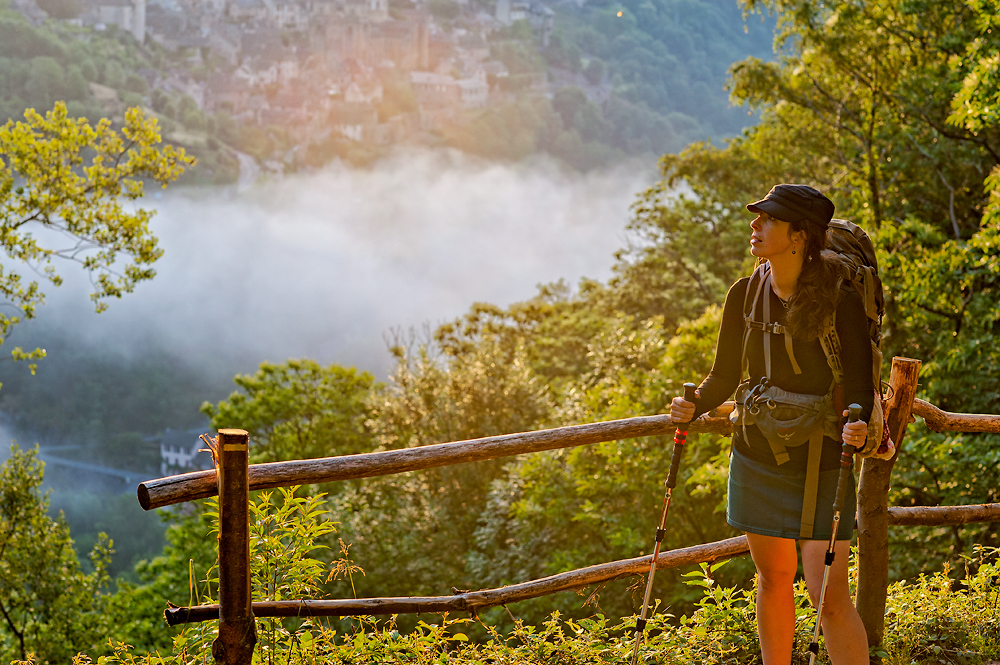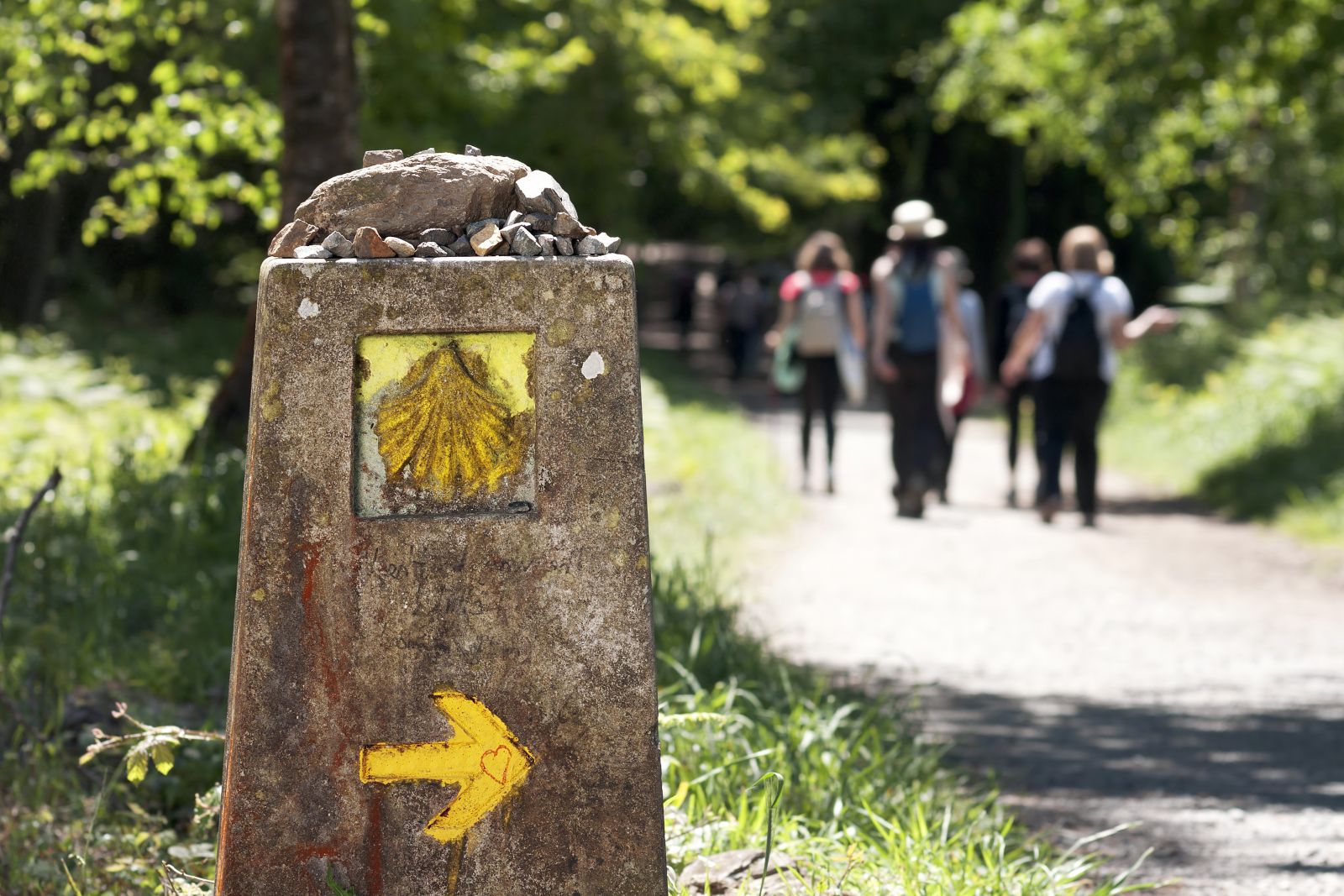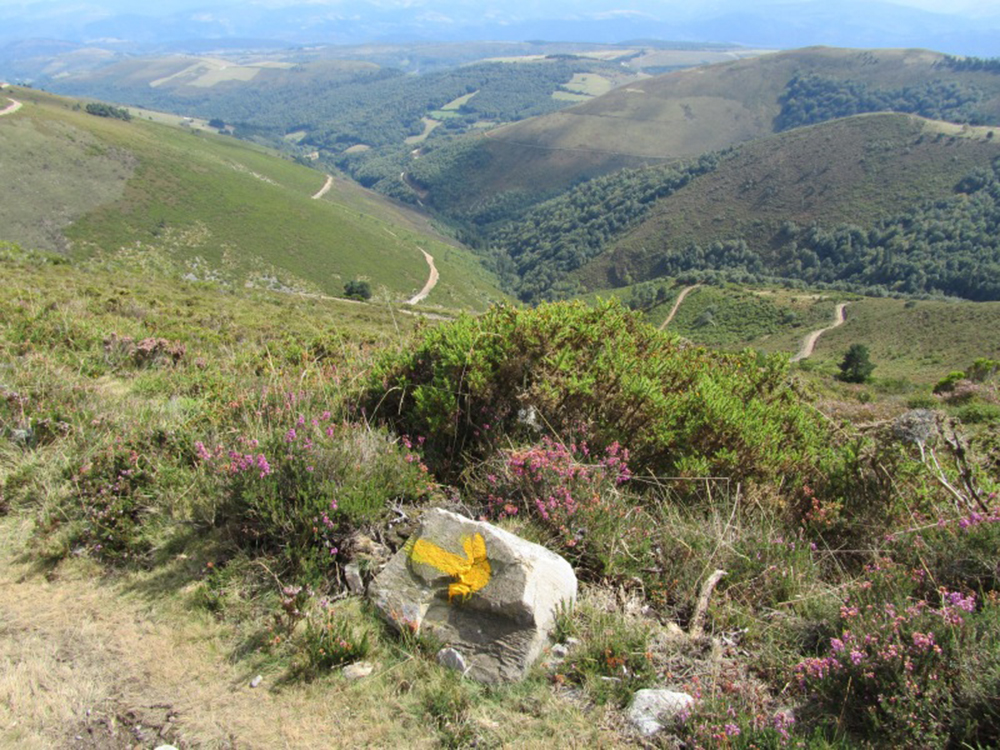
Create your own journey; Experience the best of Northern Spain at your own pace
This website uses its own and third-party cookies, for the proper functioning of the site and to generate usage statistics.
By continuing to browse we understand that you consent to our �ookie policy

As symbolised by the characteristic pilgrim shell, there are several camino routes, which all join at the end at the tomb of St. James in the Cathedral of Santiago de Compostela. Although the French route attracts the largest number of pilgrims, history and tradition created several camino routes that wind through Northern Spain to Santiago de Compostela.
There are a number of factors to consider when selecting the starting point and the route to Santiago de Compostela. Among other things, the number of days you have available, the season, your physical condition, your personal preferences, etc. The following is a brief description that will hopefully help you to choose the one that best suits your needs.
¡Buen Camino!

(775 km./482 mi.) This is by far the most famous route, the most traveled and the most traditonal. About 70% of all pilgrims arrive in Santiago by the French route. This Camino starts in St-Jean-Pied-de-Port on the French side of the Pyrenees, and crosses northern Spain to Santiago. The French Way, besides it scenic, artistic and historical splendour, is one of the best signposted routes. As it is the busiest, there is usually no problem in finding supplies along the way.
Read more and see Map of Camino Francés
Want to walk Camino Frances? Find your ideal trip here

(321 km./200 mi.) The Primitive way, or the Original way, is the oldest of the Caminos to Santiago. Approx. 4% of all pilgrims arrive to Santiago by the Original way. The trip is from Oviedo in Asturias via Lugo to Santiago. It’s one of the most demanding for pilgrims, passing through very sparsely populated mountain areas with very few services in the lesser known parts of Galicia and Asturias. A great advantage of this route is that travelers can enjoy beautiful rugged places. Visits include the two historic cities of Oviedo and Lugo, and the hike involves little time on asphalt, so this route is recommended for walkers. It’s probably one of the most attractive of all the Jacobean ways.
Read more and see Map of Camino Primitivo
Want to walk Camino Primitivo? Find your ideal trip here

(815 km./506 mi.) This route´s strength is its stunning landscapes. Approximately 7% of all pilgrims arrive in Santiago this way. Camino del Norte starts in Hondarribia or Irun on the border between France and Spain and winds along the coast to Santiago. On the other hand, there is a less cultural heritage in comparison to other routes and the majority of sights are highly concentrated in certain locations such as Mondoñedo. Another advantage of this route is the possibility to bath in the ocean in one of the multiple beautiful beaches that you find on the way.
Read more and see Map of Camino del Norte
Want to walk Camino del Norte? Find your ideal trip here

(242 km./150 mi.) This is the second most popular route. About 14% of all pilgrims arrive in Santiago on this road. With Spain is More this route begins in Porto and it enters Spain through the city Tui. Until arriving in Santiago it passes through the most populated locations of Galicia, through cities like Vigo and Pontevedra, historic villages like Padron and Caldas and small hamlets. Pilgrims sometimes comment that there is a lot of asphalt on this route, although there normally isn’t much traffic on these roads.
Read more and see Map of Camino Portugues
Want to walk Camino Portugues? Find your ideal trip here
(89 km. / 55 mi - 119 km./74 mi. to Muxia via Finisterre) This is the only route that does not end in the Galician capital. The vast majority of watching the sun sink into the Atlantic is one of the memories that pilgrims take home with them from here for the rest of their lives. This route is becoming increasingly popular.
Read more and see Map of Camino Finisterre
Want to walk Camino Finisterre? Find your ideal trip here
.jpg)
(155 km./ 96 mi.) Ferrol is the starting point for this Camino. Only about 2% off all pilgrims arrive in Santiago by this way. Ferrol was the main entrance to Galicia for pilgrims from Britain (this is why it is called the English way) and from northern Europe when travelling to Santiago to embrace the Apostle. Temperatures, even in summer, are usually good for walking. It is not one of the busiest routes. It should be noted that cyclists have to forfeit the Compostela as there are not enough kilometres to be covered.
Read more and see Map of Camino Inglés
Want to walk Camino Inglés? Find your ideal trip here
